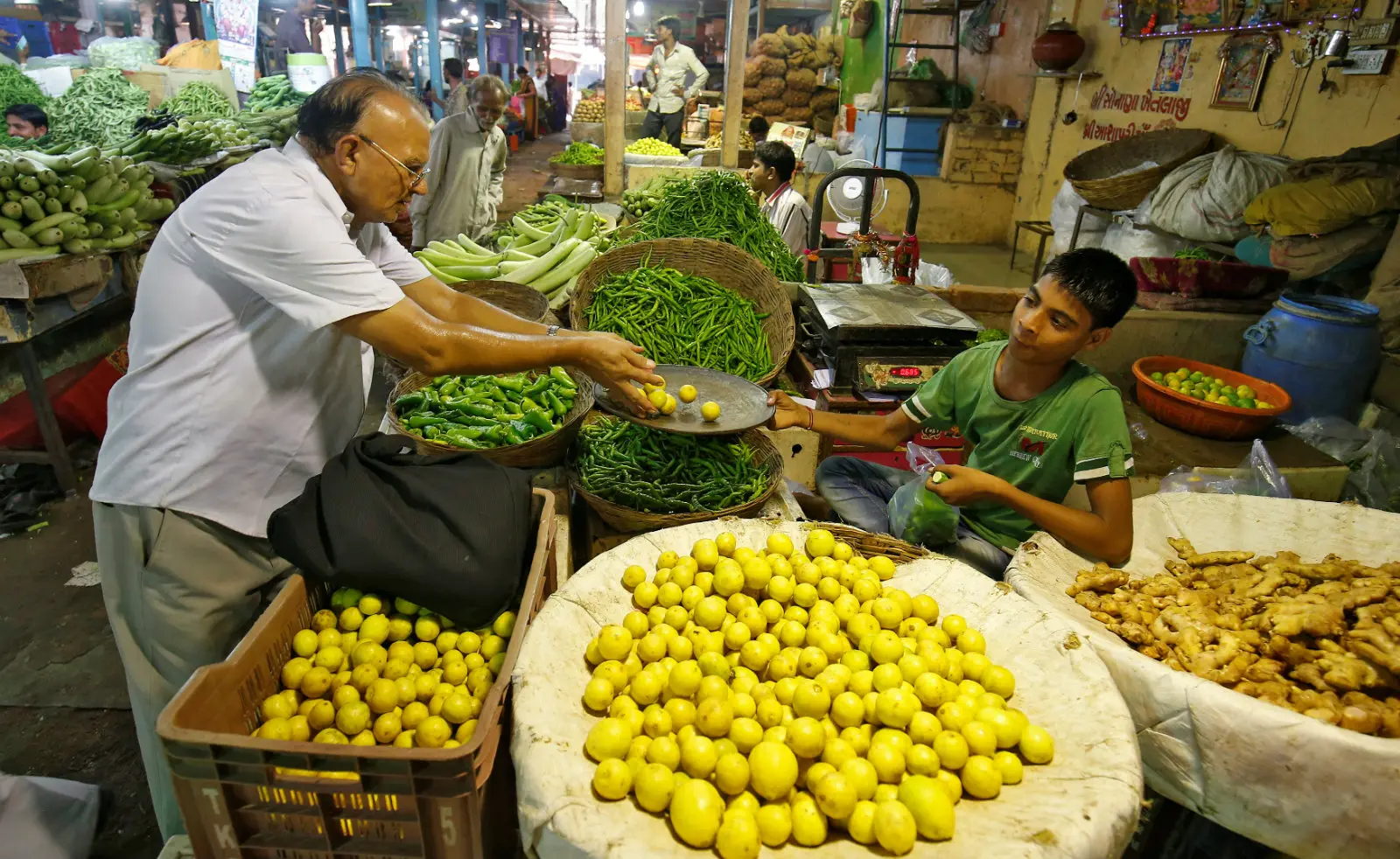The Wholesale Price Index has been in double digits for almost a year and has just skyrocketed to a horrendous 14.5%. Tighten your belts. We are heading for the worst inflation in a long time. This will hit purchasing power, economic growth and the stock markets. Interest rates will soar, with especially damaging effects on interest-sensitive sectors like housing, consumer durables and renewable energy. Just as banks thought they had finally cleaned up their books and could resume big lending, a new wave of loan defaults is nigh.
Some months ago, the Wholesale Price Index indicated inflation of 12% and the Consumer Price Index indicated 6%. Many expected inflation to settle between those two limits. Instead, both indices are being pulled up by global factors with no end in sight. Something fundamental has changed in the global economy. We are still groping for answers.
Central banks across the world need to apologise for totally underestimating the problem for over a year. Inflation has hit 8.5% in the US and 7.5% in the Eurozone, way above their inflation target of 2%. When prices started rising a year ago, the US Fed was almost happy that, after undershooting its target fate of 2% for years, inflation was finally rising. When prices rose further, the Fed said it was okay since inflation needed to be 2% only on average. Covid broke supply chains across the world, causing shortages of many items, and the Fed thought these were temporary blips that would self-correct when Covid died down. The Reserve Bank of India (RBI) suffered the same illusions.
But inflation kept rising. By late 2021, oil had already crossed $90/barrel and food and metal prices had doubled in many cases. Sanctions imposed by the US on China had added to shortages.
Optimists still hoped that, after surging in 2021, commodity prices would decline in 2022. Finance minister Nirmala Sitharaman assumed in her budget in February that the price of oil would decline to an average of just $75/barrel in 2022-23. But then war broke out in Ukraine and smashed all illusions.
The war disrupted Black Sea trade, which is vital for global agricultural exports. Western sanctions on Russia worsened shortages and raised prices further. Optimists still hoped for a quick end to the war, followed by a return to lower prices. But now it seems the war could continue for a very long time. Even if a ceasefire is announced, sanctions against Russia could continue for years. The war has disrupted planting of the next crop in Ukraine, deepening global shortages of wheat, maize and sunflower oil.
Oil briefly touched $130/barrel when the war broke out. It is now down to $106/barrel but could easily return to $130/barrel if the war drags on. This has obliged central banks to stop pretending and get tough. The Fed will raise rates in instalments of 0.5% at a time instead of 0.25%. The total increase may add up to 3% in the next 12 months. The RBI is likely to follow a similar path.
Conventional economic analysis failed to predict today’s crisis. Central banks and other analysts missed something fundamental. Some economists suggest that the world is experiencing a new Kondratieff cycle (named after Russian economist Nikolai Kondratieff). Such cycles are very long cycles caused by deep-seated technological changes, and can last decades as against a few years for ordinary business cycles.
Economists have long argued about and disagreed on whether Kondratieff cycles are real and what exactly causes them. But if indeed a new Kondratieff cycle has begun, commodity prices will keep rising for a long time. The world will not snap back any time soon to a low inflation norm.
Economists sceptical of Kondratieff cycles nevertheless believe in other sorts of multi-commodity cycles. Nothing obvious connects the production and prices of oil, cotton, steel, plastics, coal, wheat, polyester and orange juice. Yet, shortages have arisen almost simultaneously for all, pushing up prices. Commodity cycles are not new, but may have intensified because of green concerns.
A rising green attack on oil and coal companies has led to under-investment in energy for years. Green concerns have slowed new mine openings for all minerals, worsening under-investment. Greens have blocked the spread of genetically modified (GM) crops that could raise yields. A new emphasis on buying locally is just protectionism with a new halo. It discourages resilience and cost efficiency in using global sources to mitigate local shortages. In sum, a greener world is also more vulnerable to supply shock. This deep-seated cause of the current inflationary shock is here to stay.
This article was originally published in The Times of India on April 23, 2022.


